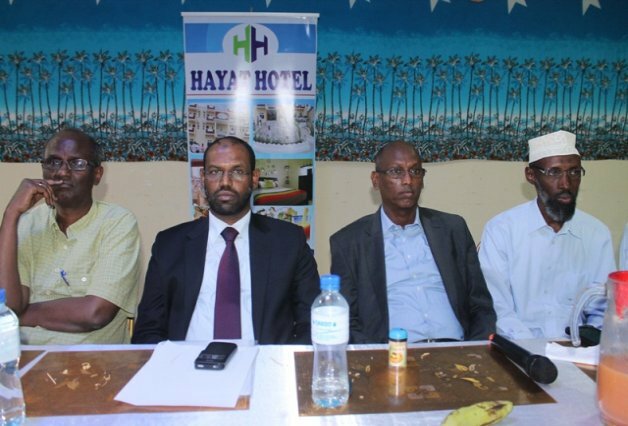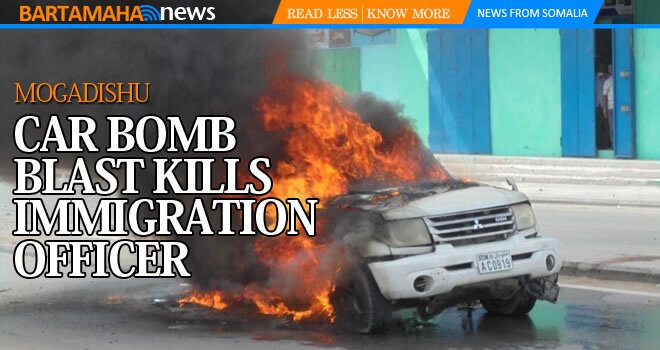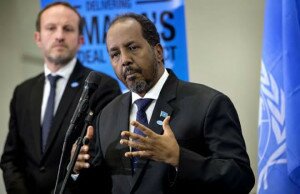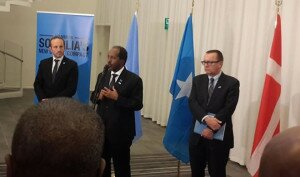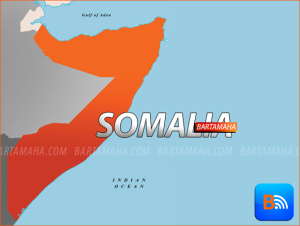Somalia Humanitarian Crisis Eases but 2million Somalis Still Need Aid
 Bartamaha (Nairobi):- The number of people needing humanitarian assistance in Somalia has
Bartamaha (Nairobi):- The number of people needing humanitarian assistance in Somalia has
dropped by 25 percent to 2 million in the last six months, easing one of the world’s worst humanitarian
crises, according to a UN study published today.
But the report, by the Nairobi-based Food Security and Nutrition Analysis Unit (FSNAU) of the UN’s
Food and Agricultural Organization (FAO) with FEWSNET, warned that though Somalia received
above average rains, boosting food production and livestock farming, these gains could easily be
reversed. This is particularly relevant as the outlook for the next rainy season is poor.
“The current situation indicates an improvement but with 27 percent of the population still in crisis
the needs remain very significant. And if the next rain season is poor, then the numbers in crisis will
rise again†said Grainne Moloney, FSNAU’s Chief Technical Advisor.
The recent long rainy season – from April to the end of June – was good. The season, also known as
Gu, received above normal rainfall in most of the country, boosting production of maize and sorghum
and improving conditions in the livestock sector, the major economic activity of the country.
Prolonged drought
These findings come after a prolonged drought reduced crop production, killed livestock and pushed
42 percent of Somalia’s 7.5 million people into crisis in 2009, The situation was exacerbated by high
food prices and high levels of civil insecurity.
“We are seeing some positive indicators in the agricultural sector, yet for the pastoralists in central,
Hiran regions and parts of the north, they will need many more good seasons of rain to fully recover
their herd sizes,†added Grainne. It is estimated that 40 000 pastoralists have recently become destitute
following the drought.
The FSNAU — set up by FAO to provide aid agencies with reliable nutrition and food security data
from Somalia — also reported that although Somalia’s nutrition situation has slightly improved in the
north of the country, 90 percent of the estimated 35 000 severely malnourished children in the country
remain in the conflict-stricken South Central zone.
IDPs
The study also highlighted the needs of the Internally Displaced Populations (IDPs), who have been
forced from their homes due to conflict in recent years. The UN estimates that there are 1.41 million
IDPs in Somalia.
FSNAU reported that the epicentre of the humanitarian crisis continues to be in central and Hiran
regions, largely due to the long-term effects of the drought, high food prices and insecurity. In
these regions efforts to meet the immediate needs of the populations are essential to prevent further
deterioration. Somalia has been in crisis off an on since 1991 but the situation worsened in March
2007 when fighting resumed.
For more information, please contact:
Fank Nyakairu FSNAU’s Communications Consultant, +254 – 729 867698; or
Note to journalists: Copies of the report will be available on the website www.fsnau.org
Comments
comments
 Calendar
Calendar





















